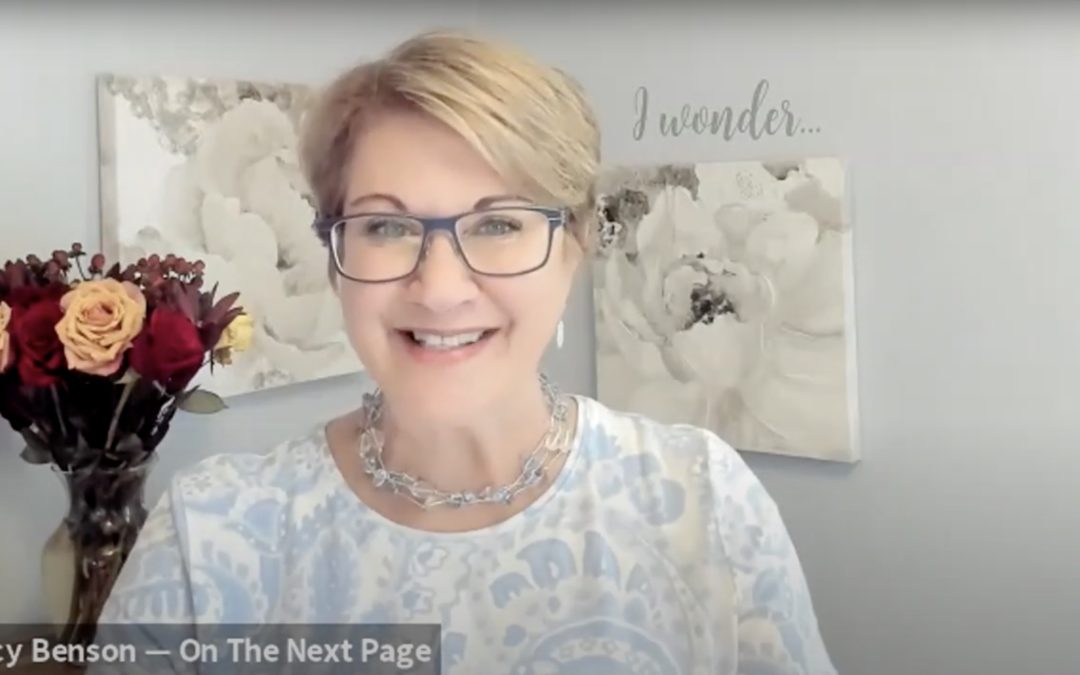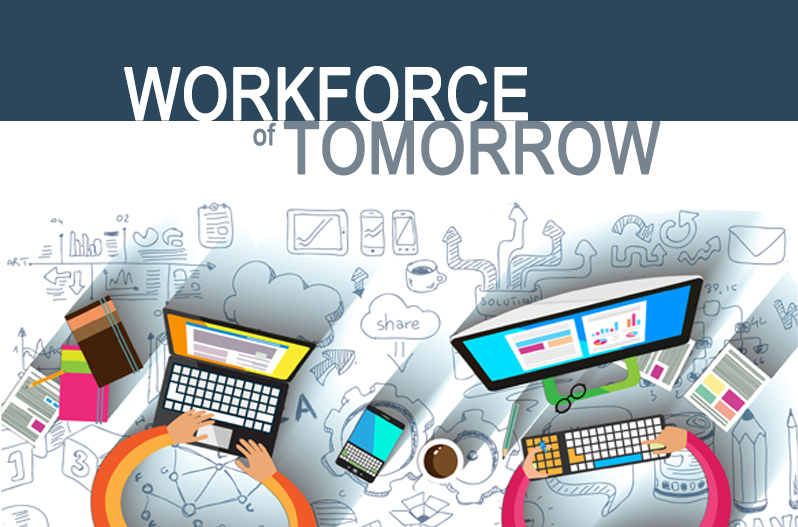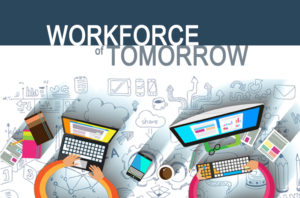

5 massive shifts I’ve experienced since I began my Integrated Coaching journey
99.9% of coaches focus on our conscious mind.
That can be useful for immediate results. But for deep breakthroughs that shift how we see the world and our myriad possibilities, we need to go deeper. Here’s why:
- Most of us think that all we need is a good solid goal along with some focus, determination, direction and support to behave accordingly.
- But then our unconscious mind kicks in – with all of its invisible filters, negative emotions, limiting decisions – all the things that helped us overcome big challenges and obstacles throughout our lives, but frankly, have outlived their usefulness.
So what do we do?
Using Neuro-Linguistic Programming (NLP) and Time Line Therapy®, we go in there and clean out those filters and release what no longer serves us at the unconscious level.
Why? Because it’s our unconscious mind that produces our actual behavior – what we actually do.
Think of it this way:
- Our conscious mind is the goal-setter.
- Our unconscious mind is the goal-getter.
We will only get and keep our goals over the long haul when these two are in total alignment.
Back to those 5 massive shifts I’ve experienced through Integrated Coaching…
#1. I’m able to “zoom out” of arguments and disagreements in real time to identify and address the source of disconnects.
It doesn’t always mean we end up agreeing in the end. It does mean that we both reach a higher level of clarity and understanding, and more often (much more often), come away respecting one another’s opinion or decision even if we wouldn’t choose it for ourselves.
Learning: Every single one of us has a unique frame of reference that guides what we see and experience, how we see and experience it and how we interpret and experience it. This frame of reference is rooted in our earliest years as humans, and is based on a combination of things ranging from our parents / caregivers and their values, cultural and family norms. These aren’t right or wrong, per se …only unique. Conflict generally occurs as a result of not acknowledging these differences, but rather making those differences the issue.
#2. I have formed a completely different relationship with my body.
I recognize it as the temporary dwelling that it is, and treat it with far more compassion, acceptance and respect than in the past. I still notice what I used to think of as the “flaws”, yet I honor what they allowed me to endure (broken bones, infection, childbirth, etc.). I am definitely more driven to care for it in various ways, from the food I prepare and eat to the ways I incorporate movement into my days.
Learning: There is no one among us that is perfect. That’s what ideal is: existing as a mental image or in fancy or imagination only. A more realistic take is to see our physical bodies as the beautiful vehicle that carry us throughout life’s journey. It’s going to get bumped and bruised along the way. And if we pay attention and take care of it the best we can, the ride will be a whole lot smoother.
#3. I actively and intentionally seek guidance from my intuition.
I’ve always know that was a thing, and envied people who seemed to be able to access theirs with ease. For the longest time, I would include a little prayer in my morning ritual asking for my intuition to provide me with guidance throughout the day (for my best and highest good). Then one day, I understood that it has been doing exactly that throughout my entire life. I just wasn’t picking up — kind of like the old wall phones that would ring, ring, ring until someone picked up or the caller gave up! So now, I’m the one initiating the calls — throughout the day or as needed — to proactively ask for support.
Learning: Intuition isn’t something that comes and goes. It’s ALWAYS there. It’s up to us to learn to access and translate its symbols into meaningful guidance.
#4. Now that I’ve realigned my most unconscious motivations, new habits are really easy to establish — and maintain!
I’m no longer willing myself to fill up on veggies, resist the temptation to pull the covers back up on a cold weekend morning, or fit in a 30-minute round of weight training. I actually want to do these things. I enjoy doing these things.
Learning: When our conscious and unconscious motivations are truly aligned, there isn’t that grinding tension of “have to”. It really is like clearing the years of dust and dirt out of the air filter — the channel is cleaner, the desire palpable.
I was in a client’s reception area, chatting with a few people as they were coming and going. The conversation had something to do with my energy level (which is typically pretty high). Then, one of the individuals said: “Tracy, I’d hate to see you upset.”
#5. I can do hard things …and they don’t feel hard anymore!
I would never have believed in a million years that I could hold my breath for 3 minutes and 45 seconds. I wouldn’t have even wanted to try. (Really, for what reason???) As part of my Breathwork certification training, I have been participating in many, many breathwork journeys — and yes, I have reached a 3-minute, 45-second breath hold. It seemed really hard in my thoughts, but then as I physically relaxed into it, following the expert guidance of my teacher, I experienced this strong sense of knowing that I would make it and all would be okay. That’s when what had been hard became not hard at all.
Learning: New and unfamiliar experiences can initially seem daunting — that’s our mental chatter (thoughts) holding up the caution sign. (That’s also our brain’s survival code in action.) When we acknowledge the thoughts are just a mental idea and feel into our deep, inner motivation — that’s when the “hard” part falls away, and it’s simply something new.
Check out this post for a deep dive into how Integrated Coaching produced one of these massive shifts for me.
Schedule a Complimentary Discovery Call to explore what a breakthrough like this can do for you.













